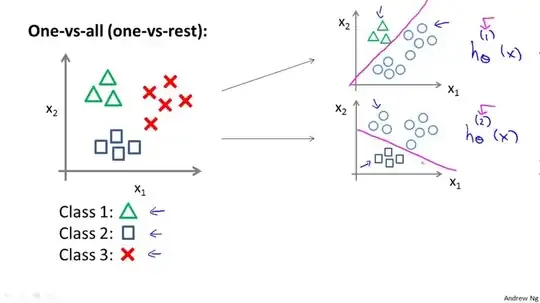Your Option 1 may not be the best way to go; if you want to have multiple binary classifiers try a strategy called One-vs-All.
In One-vs-All you essentially have an expert binary classifier that is really good at recognizing one pattern from all the others, and the implementation strategy is typically cascaded. For example:
if classifierNone says is None: you are done
else:
if classifierThumbsUp says is ThumbsIp: you are done
else:
if classifierClenchedFist says is ClenchedFist: you are done
else:
it must be AllFingersExtended and thus you are done
Here is a graphical explanation of One-vs-all from Andrew Ng's course:

Multi-class classifiers pros and cons:
Pros:
- Easy to use out of the box
- Great when you have really many classes
Cons:
- Usually slower than binary classifiers during training
- For high-dimensional problems they could really take a while to converge
Popular methods:
- Neural networks
- Tree-based algorithms
One-vs-All classifiers pros and cons:
Pros:
- Since they use binary classifiers, they are usually faster to converge
- Great when you have a handful of classes
Cons:
- It is really annoying to deal with when you have too many classes
- You really need to be careful when training to avoid class imbalances that introduce bias, e.g., if you have 1000 samples of
none and 3000 samples of the thumbs_up class.
Popular methods:
- SVMs
- Most ensemble methods
- Tree-based algorithms
